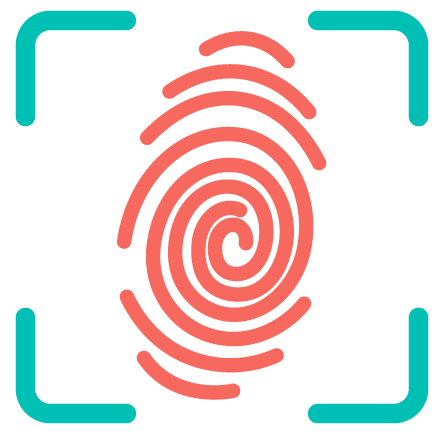Can diabetes cause allodynia?
Allodynia can result from several conditions. The most common causes of allodynia include diabetes, shingles, fibromyalgia and migraine headaches. To relieve allodynia, your provider will treat the condition that’s causing pain. They may also recommend a pain management plan.
Does diabetes affect sensory nerves?
Diabetic Polyneuropathy. Diabetic polyneuropathy (DPN) affects multiple peripheral sensory and motor nerves that branch out from the spinal cord into the arms, hands, legs and feet. Typically, the longest nerves — those that extend from the spine to the feet — are affected the most.
What are the symptoms of diabetic nerve pain?
Here are the more common signs of diabetic nerve pain:
- Numbness.
- Sharp and burning pain.
- Pins and needles pain.
- Deformities on the foot (i.e. hammertoe)
- Sores or blisters.
- Sensitivity to touch.
- Tingling or stabbing pain.
Why is my skin sensitive to touch all of a sudden?
There are many potential causes for sudden skin sensitivity, like exposure to allergens or contact dermatitis, chronic conditions like eczema, psoriasis, and rosacea, or acute trauma from excess sun exposure.
Why does my skin hurt when touched?
When skin hurts to touch, it means your nerves are oversensitive or your brain is overreacting to stimulus. A number of pain conditions can make you hypersensitive to pain, like migraines, diabetes, shingles, and complex regional pain syndrome. There are medications and treatments that can help you cope with the pain.
What does the beginning of diabetic neuropathy feel like?
Diabetic neuropathy symptoms usually begin in the toes and work their way towards the head. The first symptoms you may experience are tingling and numbness in the toes or fingers. This may resemble the feeling of “pins and needles” when a foot that has fallen asleep begins to wake up.
What causes sudden allodynia?
It can occur due to a known medical disorder, be the result of past trauma or injury, or present idiopathically by itself. Anything that causes neuropathy may also have an association with allodynia. Allodynia is often due to diabetes, fibromyalgia, migraine syndromes, or postherpetic neuralgia.
Where does diabetic neuropathy usually start?
Diabetic peripheral neuropathy usually first appears in the feet and legs, and may occur in the hands and arms later.
What are the symptoms of tactile allodynia?
Symptoms. There are three kinds of allodynia: Static allodynia or tactile allodynia is pain from the pressure of something against your skin. It can hurt to put on a shirt, wear glasses, or put your head on a pillow. Dynamic allodynia is pain that starts when something rubs lightly against your skin.
Is tactile allodynia linked to fibromyalgia?
A 2018 clinical trial indicated that PIEZO2, a gene that controls the sense of touch, may contribute to tactile allodynia. Fibromyalgia is a disorder in which you feel muscle and joint pain throughout your body that isn’t related to an injury or a condition, such as arthritis.
What are the symptoms of dynamic and thermal allodynia?
Symptoms. Dynamic allodynia is pain that starts when something rubs lightly against your skin. Things like the touch of a person’s hand, running a brush through your hair, or water falling on your head in the shower can trigger it. Thermal allodynia is pain that comes on in hot or cold temperatures. For instance, breathing in cold air can cause it.
You also can have allodynia if you have a disease that damages your nerves, like diabetes. There are three kinds of allodynia: Static allodynia or tactile allodynia is pain from the pressure of something against your skin. It can hurt to put on a shirt, wear glasses, or put your head on a pillow.
